Perhaps you’re wondering what’s storytelling got to do with your work. Much more than you think! Every business has its own story.
If you can’t or don’t know how to tell a good story to your target audience, your product or service simply won’t draw attention. John Bates says that the human brain values stories more than anything else. And if you don’t know who he is, here’s a brief introduction. John is one of the most popular and best communication trainers of today, working with executives of the world’s biggest companies like Motorola or Johnson&Johnson, as well as more than 100 TEDx speakers. That’s why we take him at his word! ☺
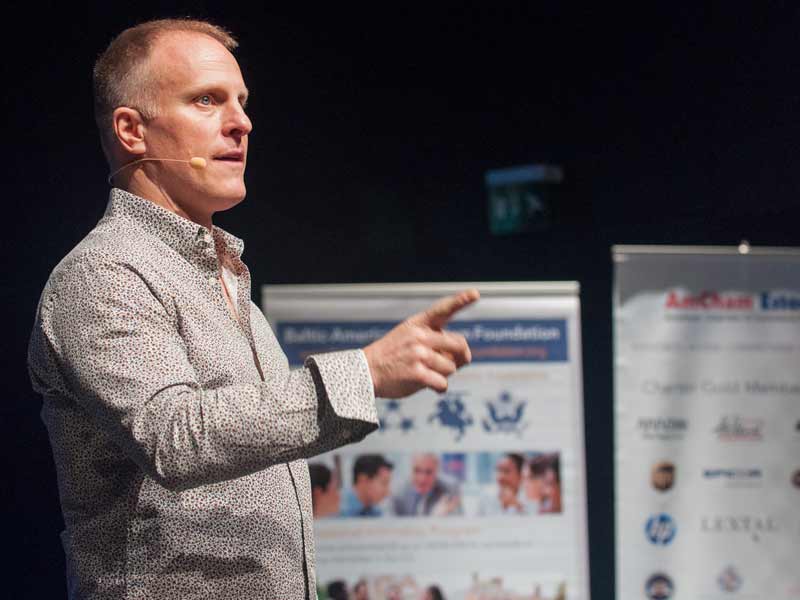
Stories can and should be part of every business precisely because of Mr. Bates’ above conclusion. Because when you learn how to tell your story, your target audience will always want to hear more. Okay, you probably already knew that. But what if you’re not too brilliant in story writing?
Answer the main questions
First, your business story must be interesting. If there’s no clear focus, you’ll quickly lose the attention of the consumer or potential consumer. For example, to start your brand story, your presentation should make it clear who’s telling the story, why, when, where it takes place, whom it is for, what’s it trying to achieve, and what challenges you’re facing. These simple parameters will help you craft a story that will be interesting to your target audience. It’s very important to make it clear to people why you’re talking to them because that’s exactly what will guide them through the story and retain their attention to the end.
What are people interested in?
Sounds quite crass, but it’s true. People don’t want to hear about your achievements – they want to hear about failures. Of course this doesn’t mean that we shouldn’t talk about nice things and spread positive energy. This means that when people listen to you while you talk, they appreciate success more if it results from a failure, problem, or obstacle. Imagine listening to or even having an informal conversation with a hotel’s GM who had everything going his way. He was raised in a decent and well-off family, he graduated in time, he immediately got a job, and advanced quickly – everything went exactly as according to a
very well-elaborated plan. Good for him! But imagine a different situation – that the man’s life story and path is a bit different.
Emotion-based sales strategy increases sales by 50%
92% of consumers want brands to have ads that tell stories
He had issues through schooling, he wasn’t a very good student, and he enrolled in tourism studies by accident after studying economics. While studying, he occasionally worked students jobs in fast food restaurants. He sometimes did stints as a tourist guide (thanks to which he learned two languages) and started to get interested in tourism later on. And finally
he enrolled college to study it! He ended up as one of the best students. After graduation, however, couldn’t find a steady job in the field, so he had to accept various jobs in tourism in order to stay in touch with the profession until his great potential was recognized by the Sales Manager of a hotel where he worked and offered him a better position. Now this story gets people’s attention. As well as respect, because you used your strengths, skills, and knowledge to achieve great success. Think, you’ll surely remember even more drastic and striking examples.
Remember, for example, the story about Alibaba’s founder, Ma Yun. Before becoming a billionaire, he never got a single job he applied for. And he even applied to be a server at KFC.
Engage people’s emotions
The more the story is “upsetting”, the quicker people relate to it. Regardless of whether you feel sad, happy, or scared, the emotion makes us feel alive. It’s exactly for this reason that it’s important to arouse these emotions in your listeners. Storytelling is an ideal way to emotionally connect with people, so when you’re thinking about the content of your story, think about the emotions you want to spark and provide information accordingly.
The Earth was a fiery mass…
Let’s get one thing clear right away – a good story doesn’t have to be long! So DON’T start your story from when the planet Earth was a fiery mass. Too much detail and chronology in events leads to the audience getting sleepy before the interesting part even starts. John Bates says: “Life is happening in chronological order – and it’s boring! Start in the middle, where things are exciting. It’s much more interesting.”
40% of people respond better to visual information than text
5–10% of people keep on reading bland texts
65–70% of people keep on reading bland texts if they include anecdotes
Be consistent, but creative!
You must be consistent when talking about your brand. Just like we think that consistent brands are those that always uses the same colors, slogans, and logos. If these components often change, consumers first become confused and ultimately indifferent. The same goes for business storytelling. They require practice, just like any other activity. You need to know the
story inside out before presenting it to your customers or target audience. This will help you a lot with telling the story naturally. And as for the creative part – it’s always good to
supplement the story with sound or visual details. Especially when it comes to presentations. The reality is that you have to be a natural born storyteller for the story to even make sense. So whenever the circumstances allow, feel free to add something to spice it up! Try to make it funny at times. Why not?
“We learn best through stories. We absorb numbers, facts, and details, but they stay in our heads because we tie them to stories” – Chris Brogan, American journalist and marketing consultant
“People think about stories, not statistics. That’s why marketers should master the art of storytelling” – Arianna Huffington, founder of Huffington Post
Every job is in itself stressful and carries great responsibility. Funny details relax the mood, and they’ll also surely be remembered by the audience! And finally remember what writer and civil rights activist Maya Angelou said: “At the end of the day, people won’t remember what you said or did, they will remember how you made them feel.”





















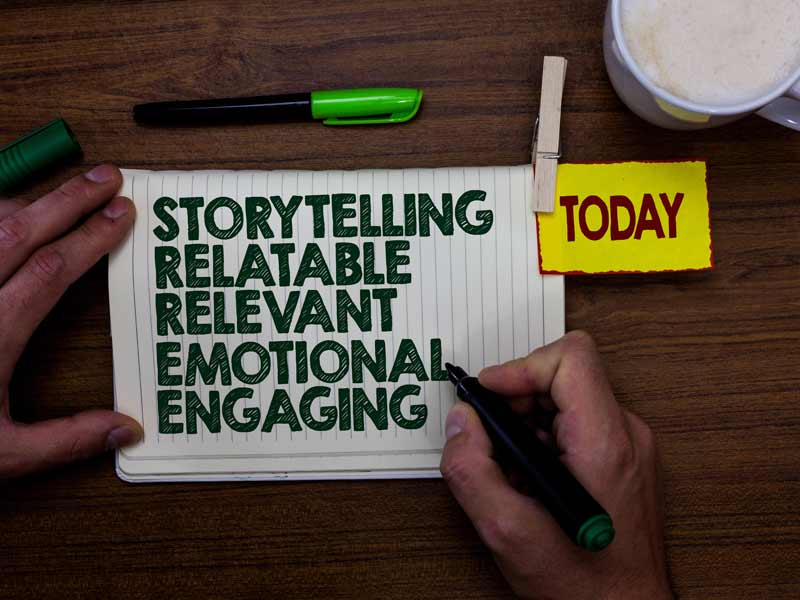

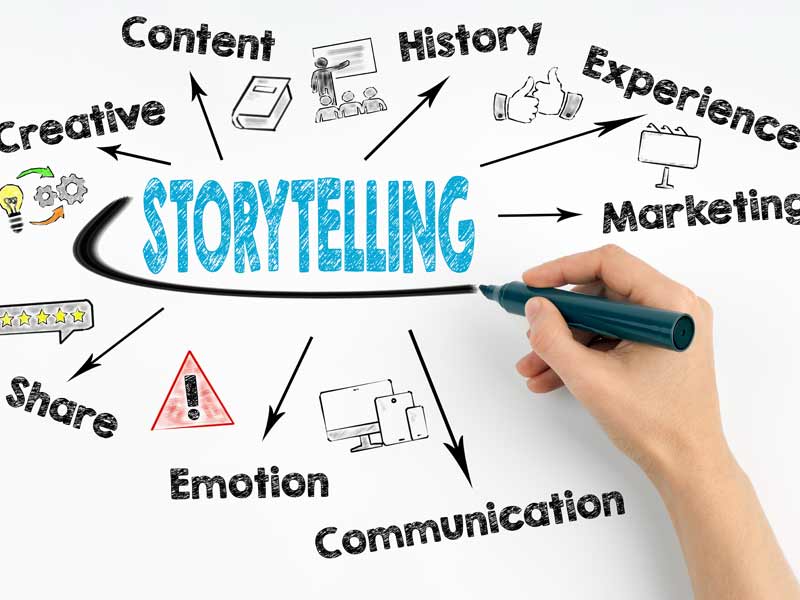
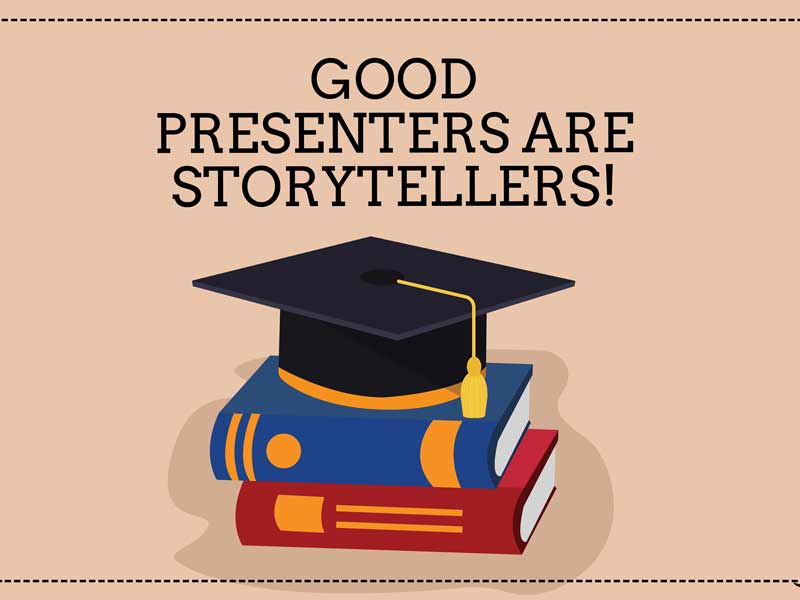












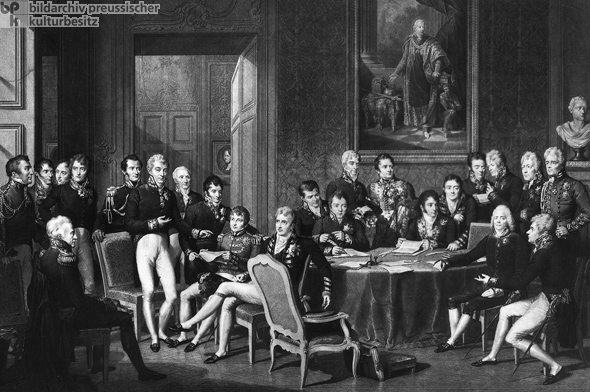

 Srpski
Srpski English
English